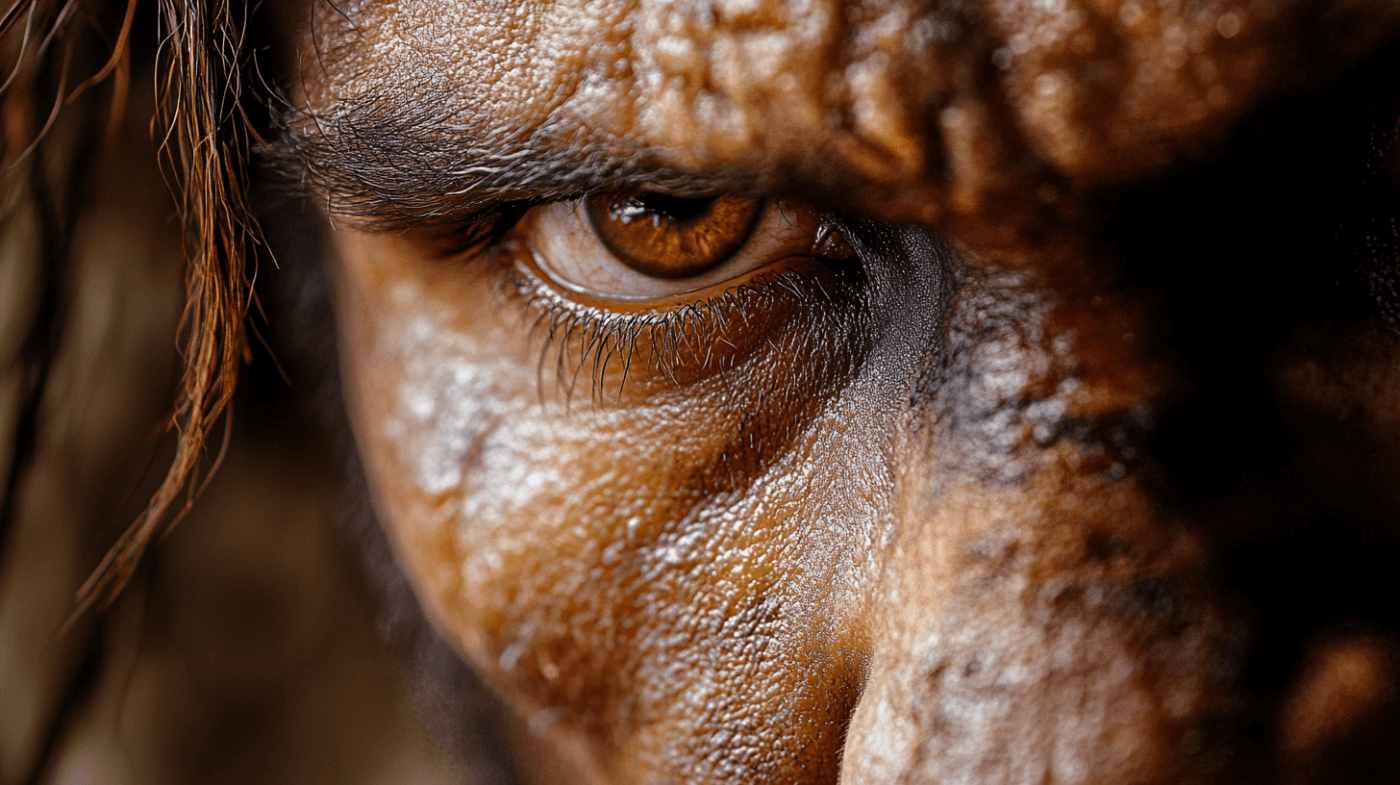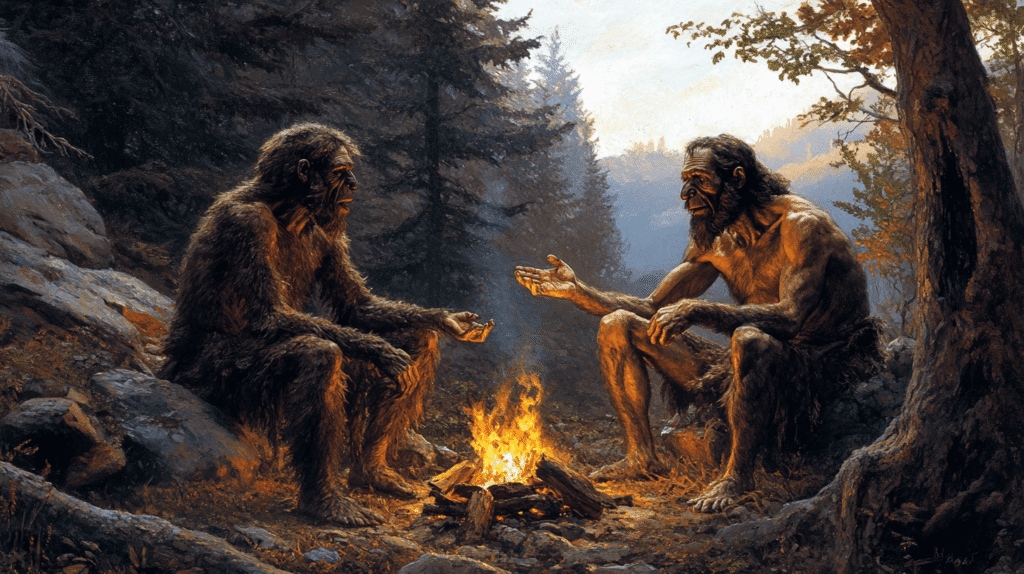Truth & Goodness
Fact or Fiction? 5 Techniques to Spot Manipulation Instantly
13 December 2025

Neanderthals (Homo neanderthalensis) appeared on Earth about 400-430 thousand years ago. Simultaneously, around 300,000 years ago, modern humans, Homo sapiens, began colonizing the planet – that's us. These two species coexisted for a long time. However, there was also another representative of the genus Homo – the Denisovans.
The Denisovans are a rather mysterious species or subspecies of human that inhabited Asia at the same time as Neanderthals and Homo sapiens. Their name comes from the site where their remains were discovered – Denisova Cave in Siberia. Denisovans emerged around 300-400 thousand years ago and went extinct approximately 30-40 thousand years ago. Like Neanderthals, they interbred with Homo sapiens, and their genes have persisted in populations in Oceania and Southeast Asia.
Scientists Linda Ongaro and Emilia Huerta-Sánchez from Trinity College Dublin recently published a review of existing Denisovan DNA studies. This analysis, published in Nature Genetics, provided new information on how contact with Denisovans influenced the modern human body. Denisovans, much like Neanderthals, passed their genes on to subsequent generations of Homo sapiens.
“It’s a common myth that humans evolved suddenly and directly from a single common ancestor. In reality, more and more evidence indicates that interbreeding with various hominid species played a significant role in shaping modern humans,” explains Ongaro, the first author of the latest research.
For over a century, scientists primarily focused on studying Neanderthals as our ancestors. This means we have the most extensive information about them. Only recently have researchers begun to pay more attention to Denisovans, though our knowledge about them remains very limited. Scientists possess merely a handful of their teeth and bones.
See also: Does Man Have More Opportunities Than Ever Before?

Although Denisovans remain enigmatic, in recent years, we’ve managed to uncover more details about this ancient human species. We know they were related to Neanderthals and inhabited areas of Siberia, Central Asia, and Southeast Asia. It is precisely in the populations residing in these regions that their genetic influence on Homo sapiens can be found.
“By utilizing preserved Denisovan DNA segments in the genomes of modern humans, scientists have discovered evidence of at least three events in which genes from different Denisovan populations were incorporated into the genetic signatures of modern Homo sapiens,” explains Ongaro.
Denisovans passed on genes responsible for adaptation to difficult environmental conditions, such as living at high altitudes in the Himalayas (e.g., the EPAS1 gene present in Sherpas). Their genes can also be found in Papuans and Eskimos. In the latter, Denisovan genes affect fat metabolism, which helps them cope better with the cold.
Read more: Art is Not the Icing on the Cake, but Constant Brain Training. On Superstimuli and Beauty Neurons
Some Denisovan DNA fragments are associated with disease resistance, which may have aided Homo sapiens in surviving diverse Asian environments. These genes also subtly influence the appearance of Homo sapiens. There is evidence that some physical traits, such as skin or hair pigmentation, could be a Denisovan legacy.
Ongaro and Huerta-Sánchez’s review highlights not only what we already know about Denisovans but also how much more remains to be discovered about their profound impact on modern Homo sapiens.
“Future research, such as more precise genetic analyses in poorly understood populations, may reveal hidden traces of Denisovan ancestry,” emphasizes Ongaro.
Future studies may also show that our genes contain traces of other extinct hominids. An example could be Homo floresiensis, also known as the “hobbit.” This species lived from about 100,000 to 50,000 years ago. During the same period, Homo sapiens was migrating through Southeast Asia, suggesting the possibility of contact between these species. Modern humans reached Indonesia between 55,000 and 35,000 years ago, meaning they could have coexisted with Homo floresiensis. However, these are currently just assumptions – to date, no studies have been conducted on Homo floresiensis bones to determine their potential interbreeding with Homo sapiens.